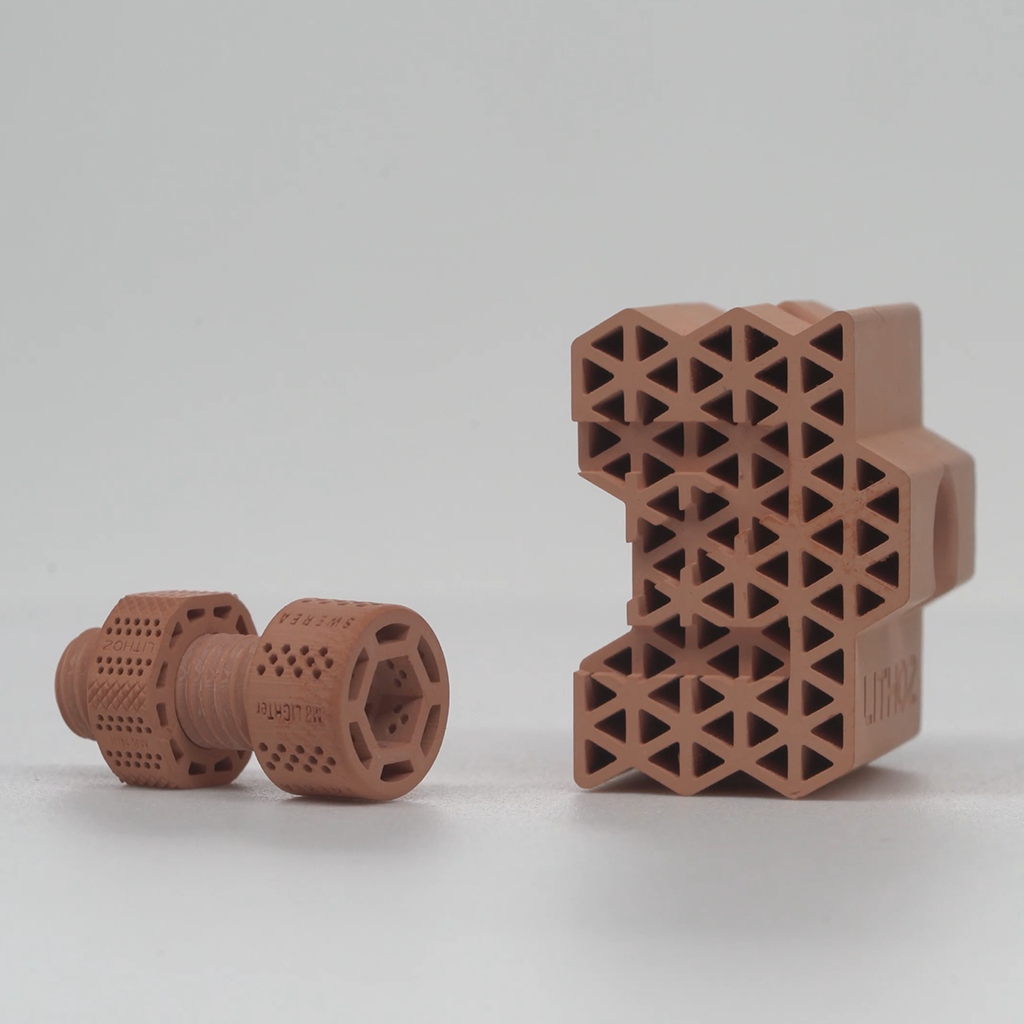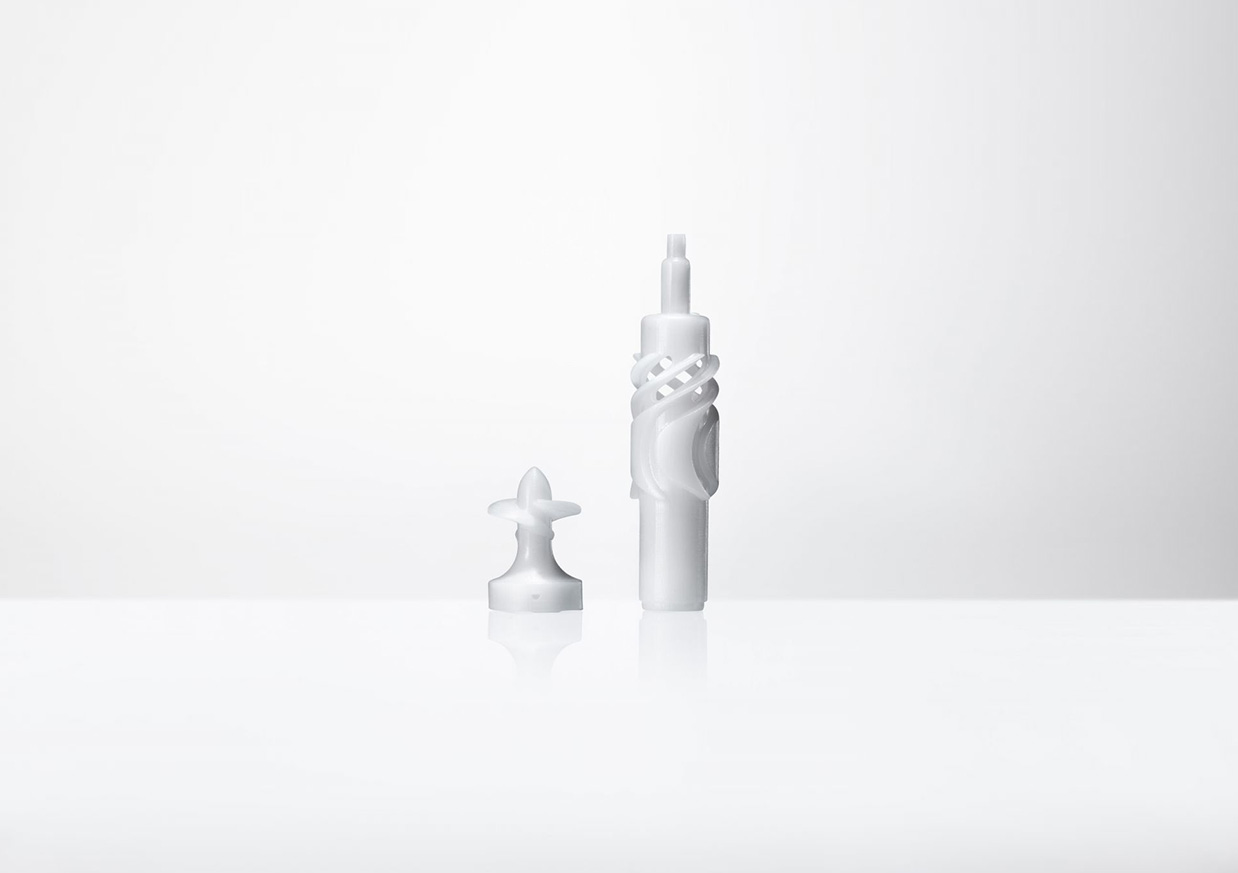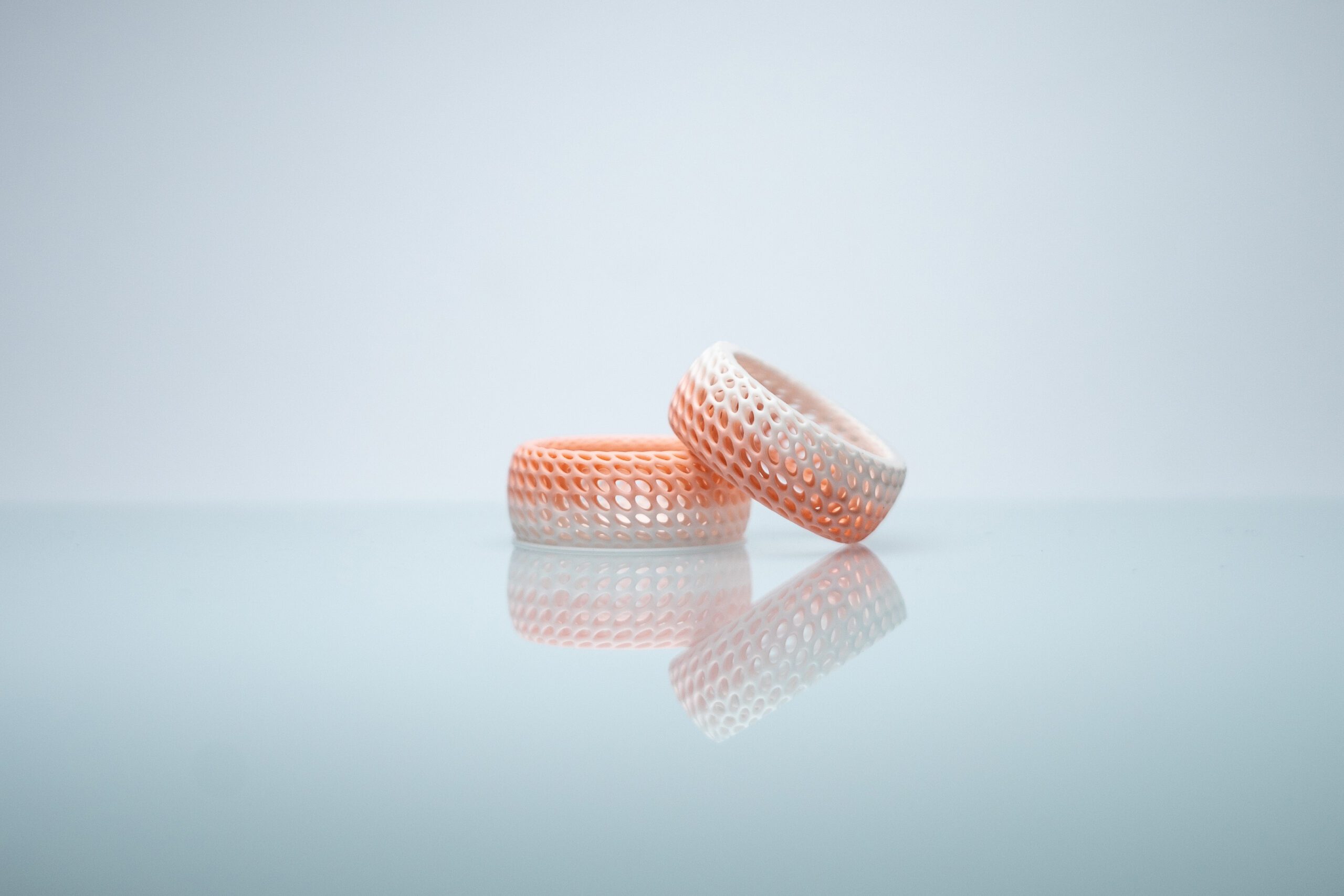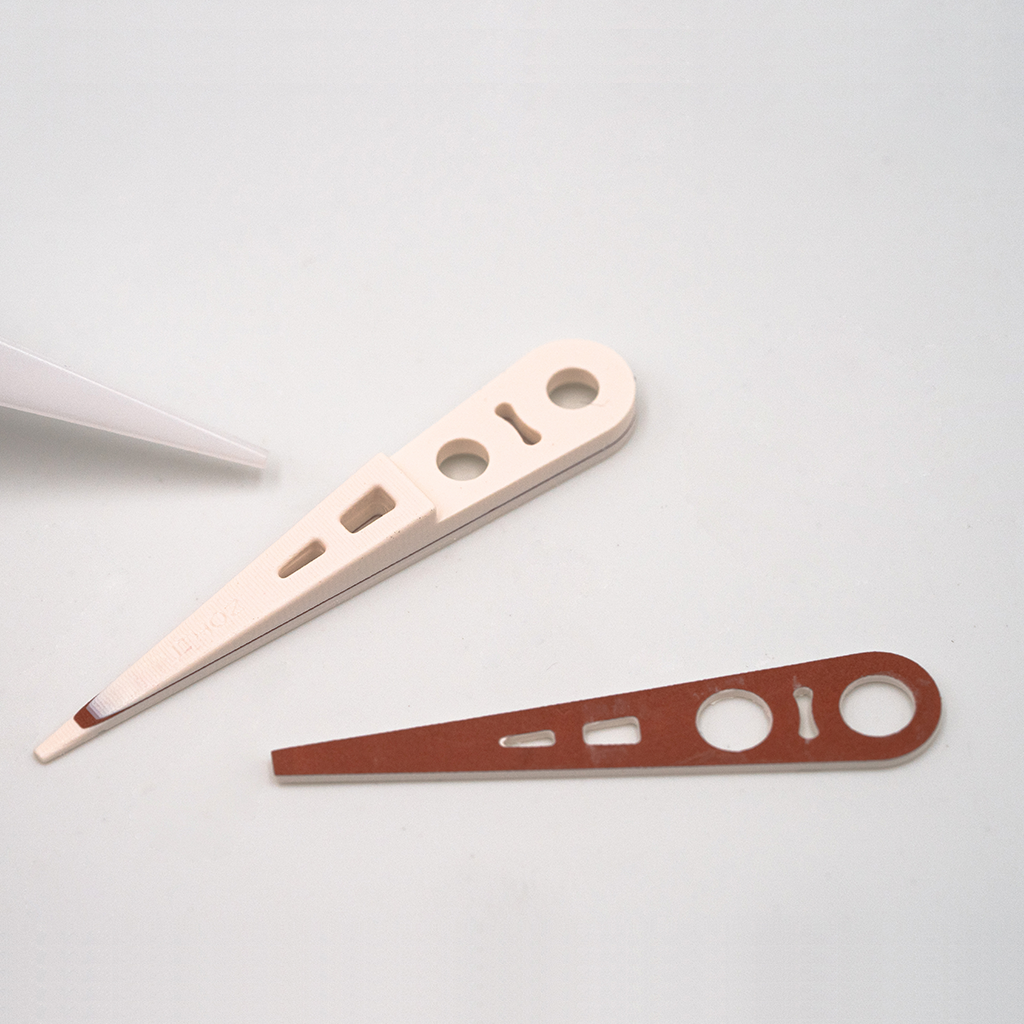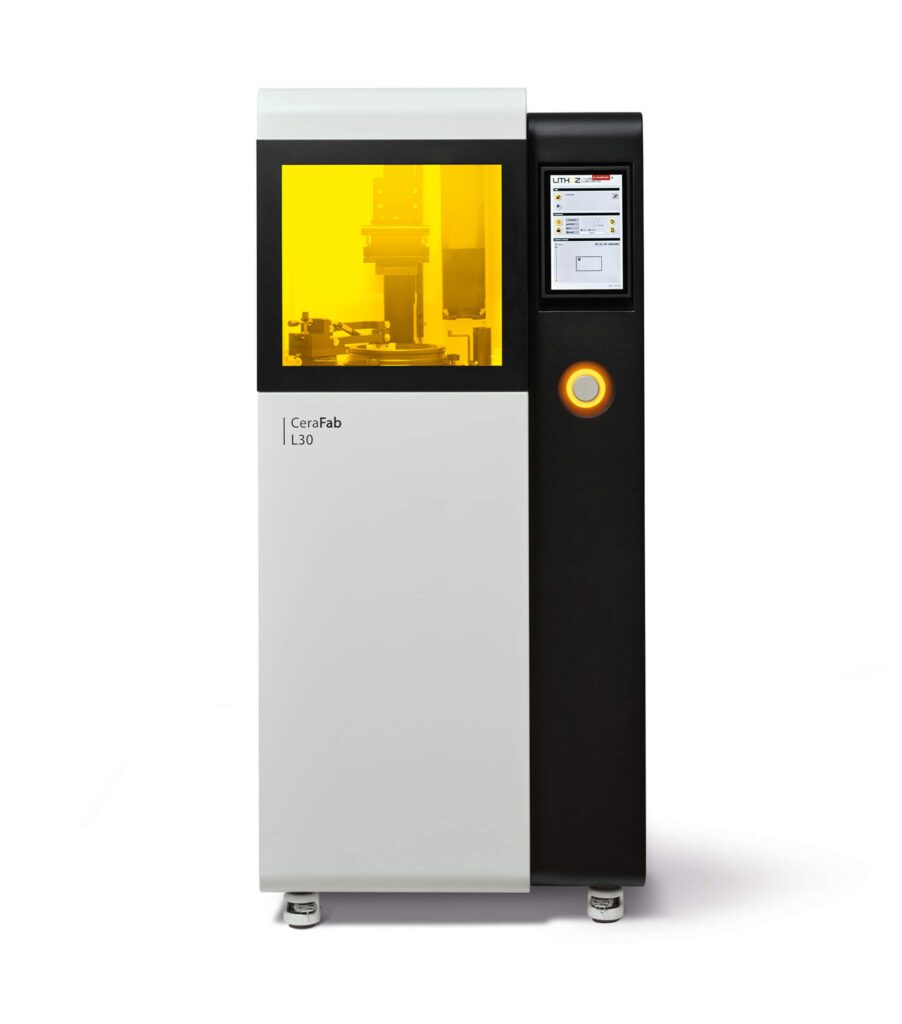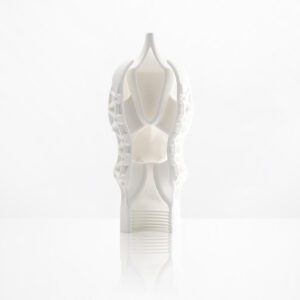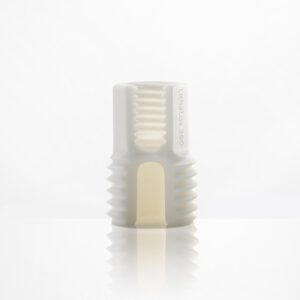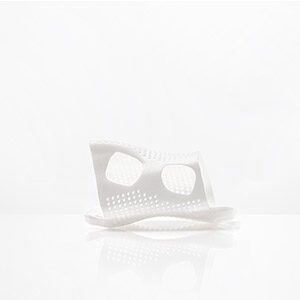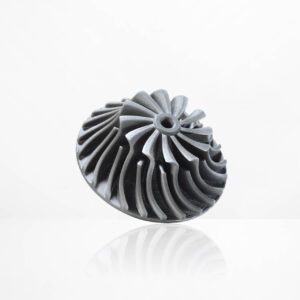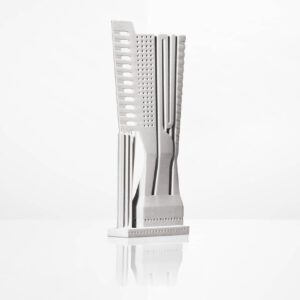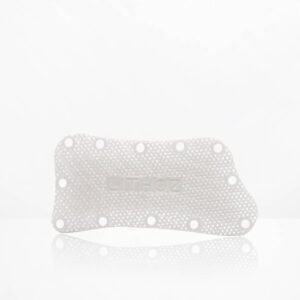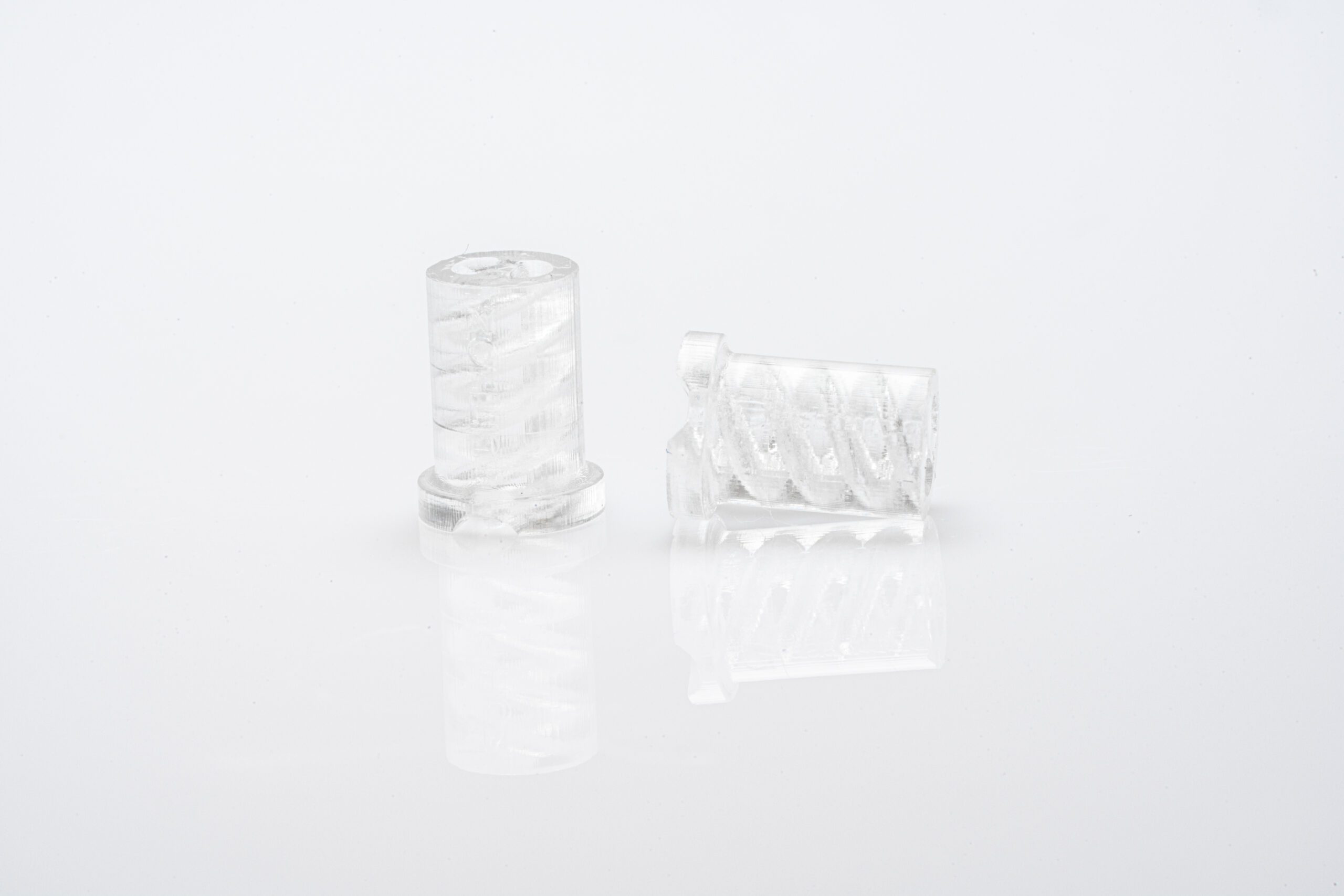
LithaGlass powered by Glassomer
After intensive cooperation with glass manufacturer Glassomer, Lithoz has launched the new LithaGlass material.
As a slurry with a base of quartz glass, the fact that it can be 3D-printed makes LithaGlass a ground-breaking new achievement, combining the design freedom of 3D printing with the desirable properties of high-performance fused silica glass. The new LithaGlass material is perfectly suited for extreme and demanding applications requiring such desirable material properties as high thermal, chemical, mechanical stability resistance as well as lowest thermal expansion and resulting high thermal shock resistance.
